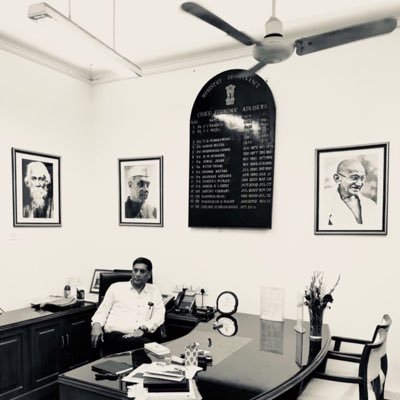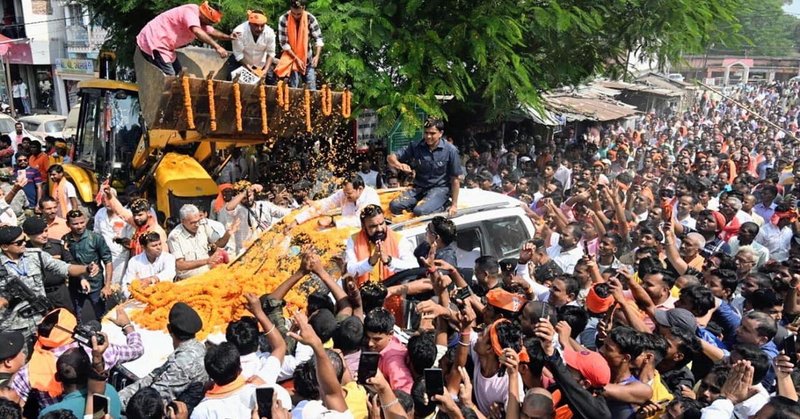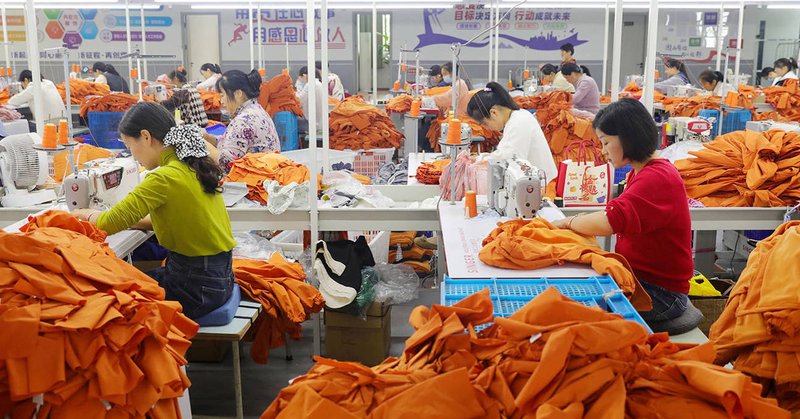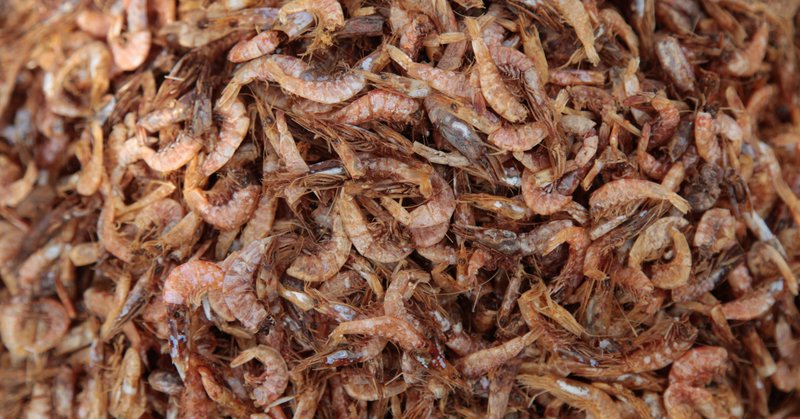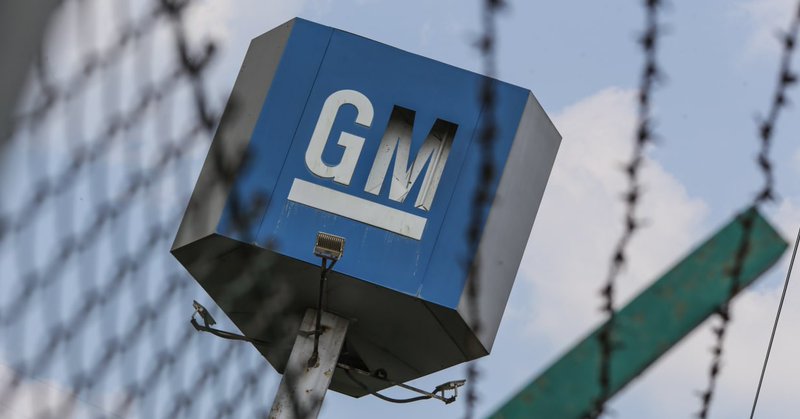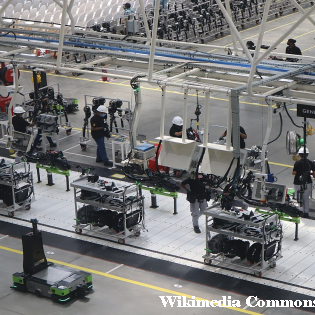
Shoumitro Chatterjee
@shoumitro_c
Followers
2K
Following
851
Media
34
Statuses
847
Asst Prof of Economics at @SAISHopkins, Research Affiliate @cepr_org, Non-Res Scholar @CarnegieEndow
Washington, DC | New Delhi
Joined February 2010
Though exit barriers intend to preserve employment, they often have adverse implications. They deter the entry of new firms and lock productive resources into low-productivity firms, ultimately lowering the economy's overall productivity. In this episode of All Things Policy,
0
2
1
.@Rukmini for @dataforin: "While nominal daily wages for agricultural labourers [in India] rose by close to 6% every year, inflation ate into that such that real daily wages adjusted for inflation rose by only 1% annually from 2014 to 2024." https://t.co/FWovl1ZJGT
1
5
6
Kudos to the government for eliminating the onerous, competitiveness-crippling & arbitrary quality control orders (QCOs) on imports of synthetic yarn & fibers This is a critical policy action when India's apparel exports are under unfair pressure from the Trump tariffs
Our two pieces on India's trade policy The first discusses growing protectionism via a new, arbitrary & non-transparent instrument-quality control orders, taking India back to licence-quota Raj They undermine export competitiveness, especially of labor-intensive exports 1/
2
50
194
I am looking to hire a research professional through BFI at UChicago. Come work with me on projects related to trade, spatial economics, and the economics of climate change. Apply here:
job-boards.greenhouse.io
Chicago, IL
2
33
112
US Supreme Court will soon decide whether IIEPA authorizes "Reciprocal Tariffs." They should read this: DP20789 Commandeering the Customs: An Economic and Legal Perspective on the President's "Emergency" Imposition of "Reciprocal Tariffs"; https://t.co/mRrf6JezEM via @cepr_org
0
2
3
"Growth would transform lives in Bihar, more than anywhere else in India...If only the state’s politicians would spend more time debating how to make the pie bigger—and less time fighting over how to slice it up."
economist.com
Elections in Bihar illuminate much of what holds India back
2
10
31
.@shoumitro_c & @arvindsubraman: "The new China Shock is not just about economic consequences. It is also a test of whether China can serve as a fair steward of global prosperity, or remain a formidable practitioner of beggar-thy-neighbor mercantilism." https://t.co/wmoABMDjXI
2
11
19
China’s continued dominance in exported manufacturing reflects not just efficiency, but deliberate policy choices that prevent poorer countries from climbing the development ladder, @shoumitro_c and @arvindsubraman write.
project-syndicate.org
Shoumitro Chatterjee & Arvind Subramanian point out that the country's manufacturing strength comes at low- and middle-income countries' expense.
0
5
5
If China truly aspires to global leadership, it must stop tilting the playing field in its own favor, @shoumitro_c & @arvindsubraman write.
project-syndicate.org
Shoumitro Chatterjee & Arvind Subramanian point out that the country's manufacturing strength comes at low- and middle-income countries' expense.
2
5
6
China is occupying “excess” export space that could otherwise support tens of millions of manufacturing jobs in poorer economies, @shoumitro_c and @arvindsubraman find.
project-syndicate.org
Shoumitro Chatterjee & Arvind Subramanian point out that the country's manufacturing strength comes at low- and middle-income countries' expense.
5
11
32
My @ProSyn piece with @shoumitro_c on how the new China shock is hitting the poorest countries the hardest in low-skill sectors:
project-syndicate.org
Shoumitro Chatterjee & Arvind Subramanian point out that the country's manufacturing strength comes at low- and middle-income countries' expense.
2
4
16
Not surprising, but often forgotten. Great chart.
Export growth is an important driver of corporate investment in India, a fact that is not adequately discussed. Here is a neat chart in the new Monetary Policy Report from the RBI, using data from 2004 to 2024. They have also run a more detailed regression model on this issue.
1
1
8
.@diaahadid tells a sobering story of how tariffs are hitting India’s shrimp industry—most of all workers and farmers. Similar disruption seems likely in apparel & footwear.
npr.org
India's shrimp exports to the U.S. were once a success story. Now the industry faces ruin amid President Trump's 50% tariff on imports from the country.
1
2
6
“Exit barriers are a key reason for India’s underdeveloped manufacturing sector,” said Shoumitro Chatterjee. It “acts as an entry cost and deters potential companies.” Nice to see @shoumitro_c of @CarnegieSAsia @SAISHopkins quoted here.
.@ByShanLi has an excellent piece in the @WSJ on how exit barriers hurts Indian industry and also cites our (@KalaMarathe, @KalyaniPadmaku2, Yingyan Zhao) research.
0
2
1
.@ByShanLi has an excellent piece in the @WSJ on how exit barriers hurts Indian industry and also cites our (@KalaMarathe, @KalyaniPadmaku2, Yingyan Zhao) research.
wsj.com
General Motors ran into barriers on its way out of India, highlighting the hurdles that keep foreign companies leery of doing business there.
1
1
2
It's well known that formal manufacturing firms in India have very low exit rates. Yet India’s most dynamic sector, software, has lower exit rates than all firms in Morocco or Chile. As far as I can tell, India’s most dynamic states, Gujarat and Tamil Nadu, also have lower exit
4
43
207
Thanks @MilanV. Delighted and honored to be a part of the group.
Really delighted that @shoumitro_c of @SAISHopkins has joined @CarnegieSAsia as a non-resident scholar. Shoumitro is one of the finest economists of his generation and an expert on trade policy, agriculture, and economic development in India. Stay tuned!
1
0
4
Why closing a business is so difficult in India – and the costs of staying open Last week on VoxDev w/ @shoumitro_c (@SAISHopkins), Kala Krishna (@PennStateEcon), @KalyaniPadmaku2 (@fsueconomics @FSUResearch) & Yingyan Zhao (@ElliottSchoolGW):
voxdev.org
High institutional and regulatory barriers make it unusually costly for manufacturing firms to exit in India – discouraging entry, keeping inefficient firms afloat, and lowering productivity.
0
2
3
A new article by @shoumitro_c, @KalaMarathe, @KalyaniPadmaku2 & @Yingyan_Zhao8 finds that institutional exit barriers faced by manufacturing firms in India slow firm exit, deter entry, keep unproductive firms alive, and ⬇️ aggregate output and productivity https://t.co/fhJVCUZQRJ
ideasforindia.in
Despite an abundance of low-skilled labour, India never experienced the kind of take-off in labour-intensive manufacturing seen in other countries at similar income levels. This article argues that a...
0
5
5



